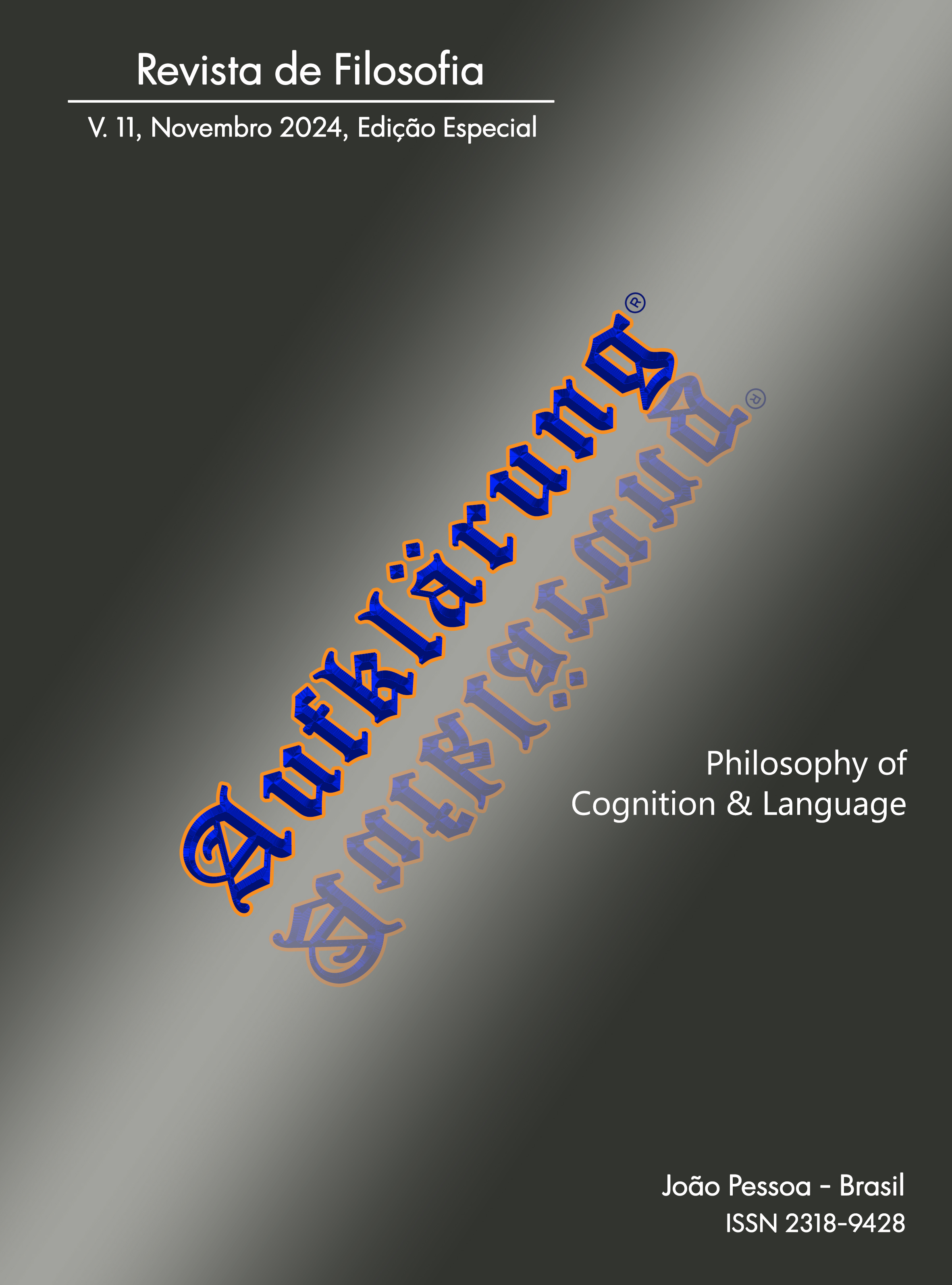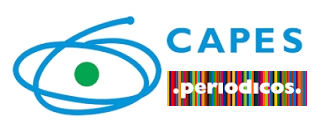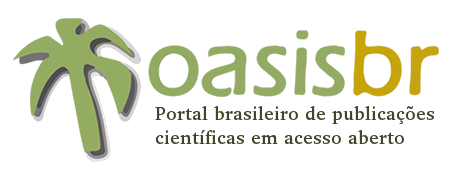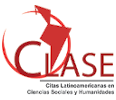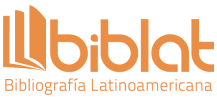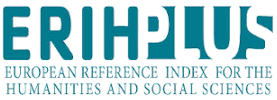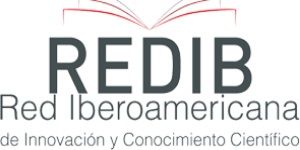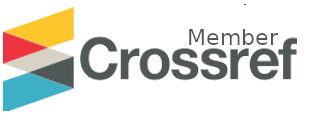Por que não tão sério? Dispositivos pragmáticos em piadas
DOI:
https://doi.org/10.18012/arf.v11iEspecial.70040Keywords:
Humor; Teoria da incongruência; Implicaturas conversacionais; Atos de fala; Pressuposições., Humor, Teoria da incongruência, Implicaturas conversacionais, Atos de fala, PressuposiçõesAbstract
A pergunta fundamental na filosofia do humor é: o que nos faz rir? Neste artigo, defenderemos a chamada teoria da incongruência, segundo a qual o riso é provocado pela apresentação de aspectos inconsistentes em um proferimento. Para isso, analisaremos como a pragmática da linguagem fornece maneiras de apresentar incongruências em piadas escritas e faladas e, consequentemente, de provocar a diversão cômica em uma audiência. Nosso foco será em implicaturas conversacionais, atos de fala e pressuposições, e como eles são usados em piadas. Esta não é uma análise exaustiva de todas as formas como incongruências são geradas em proferimentos cômicos; claro, há outros modos de apresentar desarmonias, tais como por meio aspectos semânticos. Por fim, discutiremos se piadas deveriam ser consideradas um tipo distinto de ato de fala, ao invés de só um uso parasitário da linguagem.
Downloads
References
ATTARDO, S. The violation of Grice’s maxims in jokes. In: COSTA, D. (Ed.) Proceedings of the sixteenth annual meeting of the Berkeley Linguistics Society. Berkeley: Berkeley Linguistics Society, 1990. p. 355-362.
ATTARDO, S. Humor and pragmatics. In: ATTARDO, S. (Ed.) The Routledge handbook of language and humor. New York: Routledge, 2017. p. 174-188.
AUSTIN, J. L. How to do things with words. Oxford: Oxford University Press, 1962.
BLANCO SALGUEIRO, A. Cómo hacer bromas con palabras. Teorema, v. 43, p. 47-61, 2024.
BLANCO SALGUEIRO, A. Bromear como acto de habla y la relatividad lingüística del humor. Análisis Filosófico, v. 43, p. 69-92, 2023.
CAMP, E. Just saying, just kidding: liability for accountability-avoiding speech in ordinary conversation, politics and law. In: HORN, L. H. (Ed.) From lying to perjury: linguistic and legal perspective on lies and other falsehoods. Boston: De Gruyter Mouton, 2022. p. 227-258.
CARROLL, N. Humour: a very short introduction. Oxford: Oxford University Press, 2014.
DUNBAR, G. Phonetic and functional aspects of speech laughter: towards an expressive cognitive phonology. CogniTextes, v. 11, s/p, 2014.
GRICE, H. P. Meaning. The Philosophical Review, v. 66, p. 377-388, 1957.
GRICE, H. P. Logic and conversation. In: GRICE, H. P. Studies in the way of words. Cambridge, MA: Cambridge University Press, 1989. p. 22-40.
HORISK, C. Dangerous jokes: how racism and sexism weaponize humor. Oxford: Oxford University Press, 2024.
KARTTUNEN, L. Presupposition: what went wrong? Proceedings of SALT, v. 26, p. 705-731, 2016.
KULKA, T. The incongruity of incongruity theories of humor. Organon F, v. 14, p. 320-333, 2007.
LEVINSON, S. C. Pragmatics. Cambridge: Cambridge University Press, 1983.
MORREALL, J. (Ed.) The philosophy of laughter and humor. New York: State University of New York Press, 1987.
MORREALL, J. Philosophy of Humor. In: ZALTA, E. N. (Org.) The Stanford Encyclopedia of Philosophy, 2023. <>.
RASKIN, V. Semantic mechanisms of humor. In: CHIARELLO, C. et al. (Ed.) Proceedings of the Fifth Annual Meeting of the Berkeley Linguistics Society. Berkeley: Berkeley Linguistics Society, 1979. p. 325-335.
SCHOPENHAUER, A. Die Welt als Wille und Vorstellung [1819]. Hamburg: Felix Meiner Verlag, 2020.
SCHRÖDER, M. Experimental study of affect bursts. In: COWIE, R.; DOUGLAS-COWIE, E.; SCHRÖDER, M. (Ed.) Proceedings of the ISCA workshop “Speech and Emotion”: a conceptual framework for research. Newcastle: International Speech Communication Association, 2000. p. 132-137.
SCRUTON, R. Laughter. In: MORREALL, J. (Ed.) The philosophy of laughter and humor. New York: State University of New York Press, 1987. p. 156-171.
SEARLE, J. Expression and meaning. Cambridge: Cambridge University Press, 1979.
STALNAKER, R. C. Context and content. Oxford: Oxford University Press, 1999.
STIBBARD, R. Automated extraction of ToBI annotation data from the Reading/Leeds emotional speech corpus. In: COWIE, R.; DOUGLAS-COWIE, E.; SCHRÖDER, M. (Ed.) Proceedings of the ISCA workshop “Speech and Emotion”: a conceptual framework for research. Newcastle: International Speech Communication Association, 2000. p. 60-65.
STRAWSON, P. F. Intention and convention in speech acts. The Philosophical Review, v. 73, p. 439-460, 1964.
Additional Files
Published
How to Cite
Issue
Section
License

This work is licensed under a Creative Commons Attribution 4.0 International License.
Journal general policy
1.This journal works under a Creative Commons License aplied to online journals. That icence can be read in the following link: Creative Commons Attribution 4.0 International (CC BY 4.0).
2.Accordingly to this License, a)the journal declares that authors hold the copyright of their articles without restrictions, and they can archieve them as post-print elsewhere. b)the journal allow the author(s) to retain publishing rights without restrictions.
Metadata Policy for information describing items in the repository
1. Anyone may access the metadata free of charge at anytime.
2.The metadata may be re-used in any medium without prior permission, even commercial purposes provided the OAI Identifier or a link to the original metadata record are given, under the terms of a CC BY license refered for the Journal.

